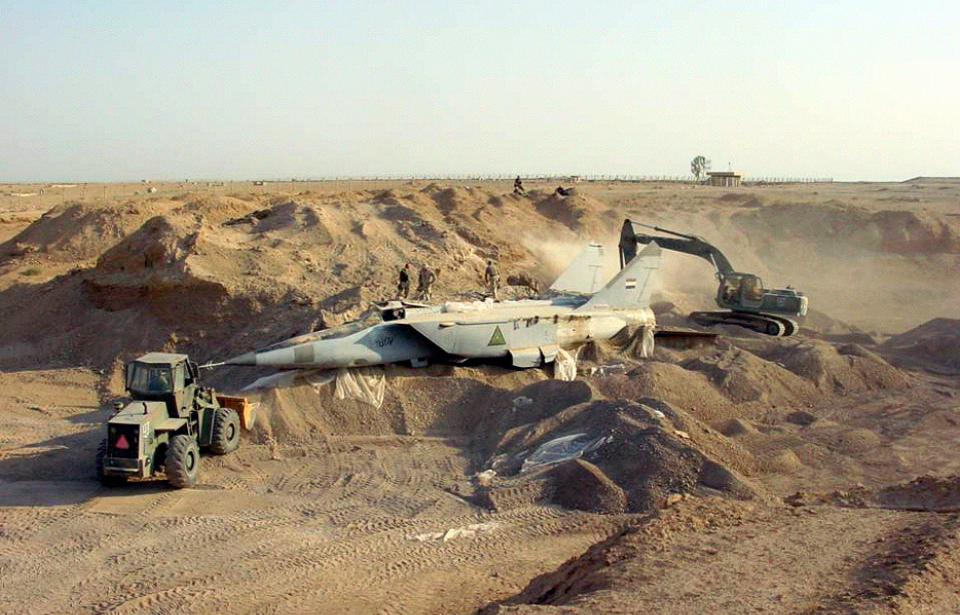In the heart of the desert, encountering a Mikoyan-Gurevich MiG-25, codenamed the Foxbat by NATO during the Cold War, would be unexpected. Well-known for its exceptional speed and high-altitude performance, this Soviet-era interceptor was integrated into the air forces of multiple nations worldwide, such as Syria, India, Algeria, and Iraq.
Among its variants, the MiG-25RB, also identified as the Foxbat-B, was a single-seat aircraft fitted with sophisticated reconnaissance gear and capable of carrying as many as eight 500-kg bombs.
The aircraft were discovered in 2003
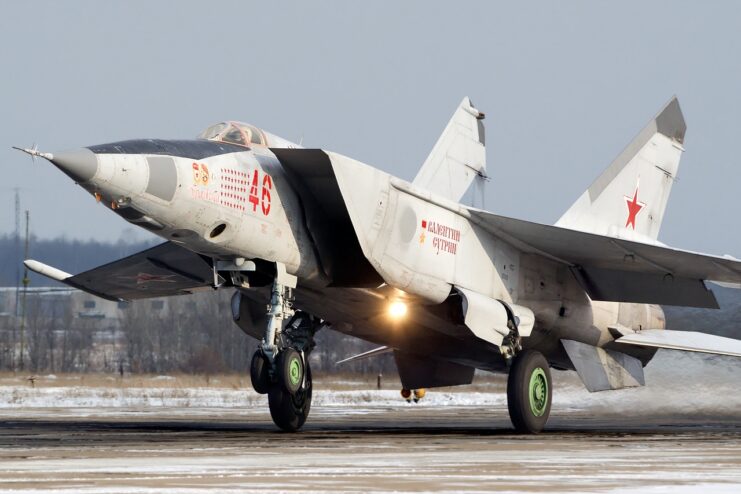
In the first featured image above, American troops are shown extracting the interceptor from the sand. This discovery occurred during the initial phases of the Iraq War. In April 2003, soldiers uncovered the aircraft deeply buried at Al Taqaddum Air Base, situated in Iraq’s western desert.
American troops were operating in the area for weeks before discovering them
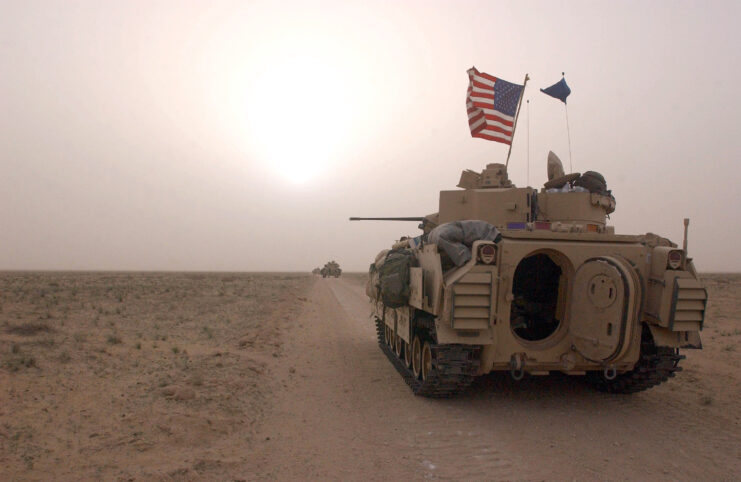
Its presence at the base came as a surprise to many, despite there being intelligence that certain things had been buried in the region. As former Defense Secretary Donald Rumsfeld put it, “We’d heard a great many things had been buried, but we had not known where they were, and we’d been operating in that immediate vicinity for weeks and weeks and weeks…12, 13 weeks, and didn’t know they were [there].”
The wings weren’t found
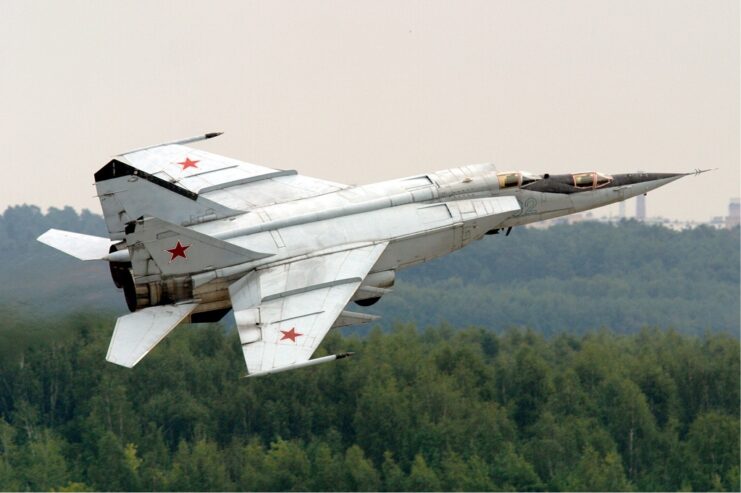
Although the aircraft’s body was in remarkably good condition, the wings had been removed before it was covered in sand, and they weren’t found in the vicinity. Supposedly, the MiG-25RB had been buried in the desert to prevent it from being destroyed by coalition forces during the invasion. As of 2006, this particular aircraft is now located at the National Museum of the US Air Force at Wright-Patterson Air Force Base, Ohio.
Several other aircraft of the same type were discovered as well. In 2003, several dozen were uncovered, including additional MiGs and Sukhoi Su-25s.
Why were they buried?
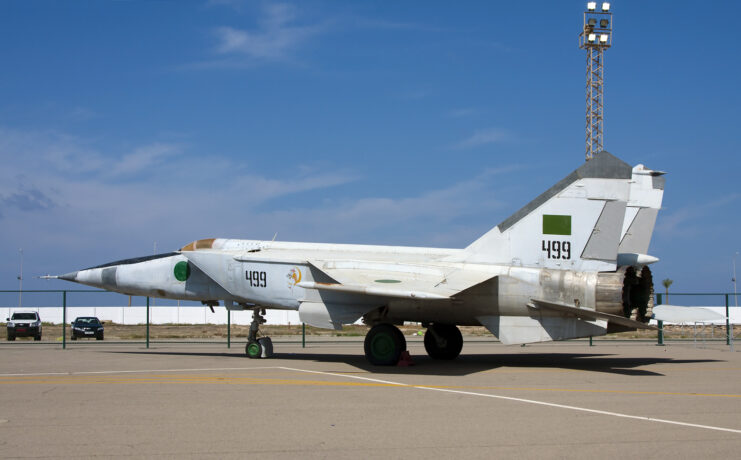
Why did these aircraft end up buried underground rather than being used? Interestingly, before the American invasion, Iraq had one of the largest Air Forces in the region. The nation had made many investments in improving its air capabilities, purchasing modern jets, upgrading airbases and runways, and constructing new hangars.
They wouldn’t do much against the American invasion
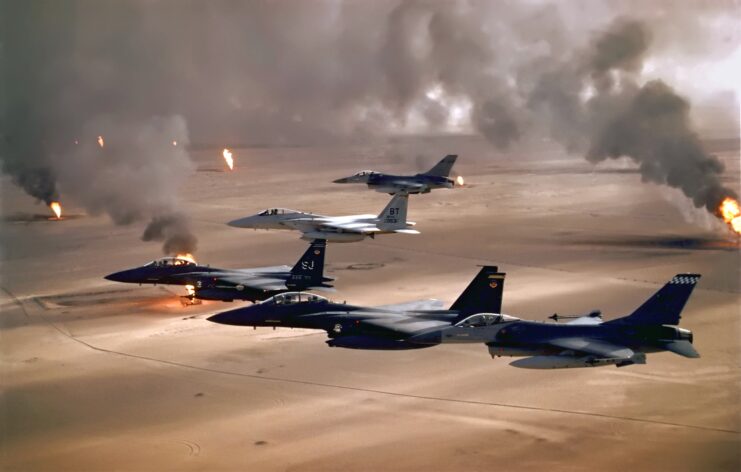
Want War History Online‘s content sent directly to your inbox? Sign up for our newsletter here!
However, when the US invaded and marched on Baghdad in 2003, they encountered no aerial resistance, as the Iraqi forces had decided this would do nothing to stop the much superior Americans. Instead, it was ordered that the fleet be buried in the desert, which is why the US military found so many aircraft under the sand.
